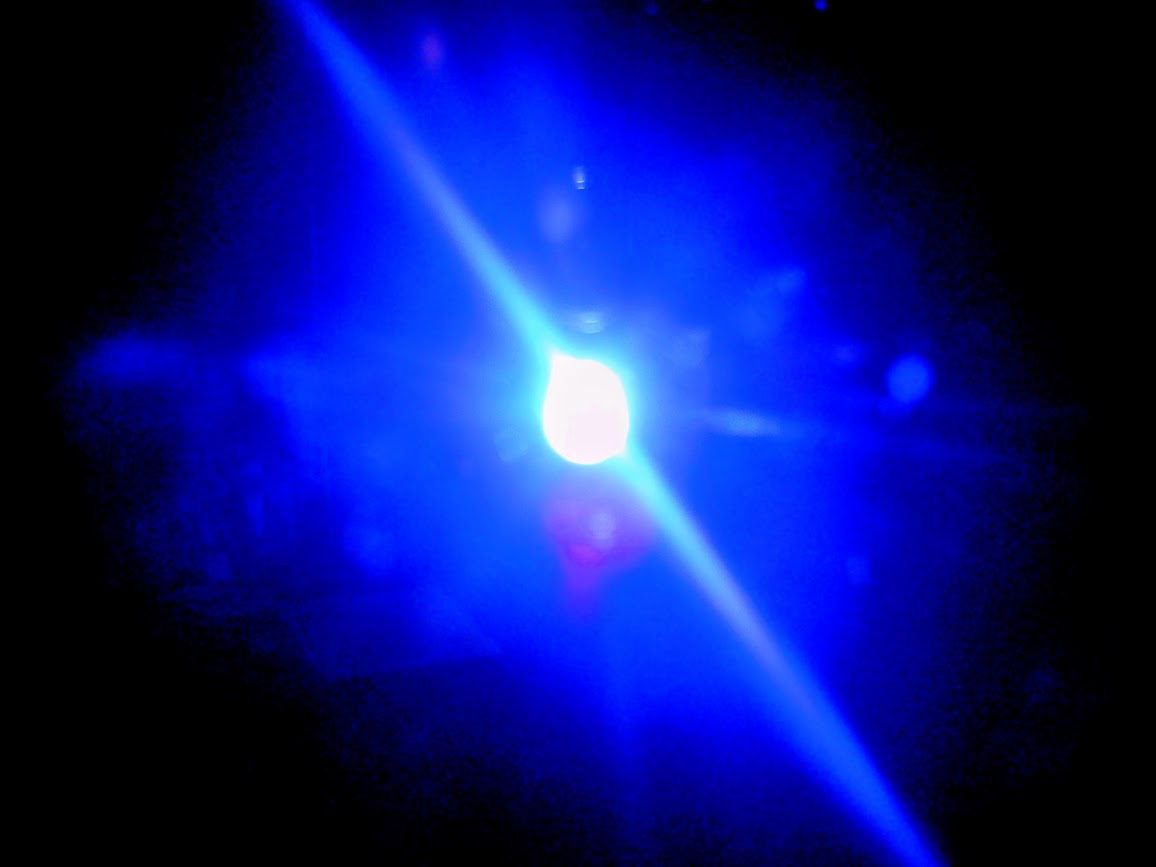Science
Scientists Develop Miniature Chip to Revolutionize Internet Efficiency

Researchers at the Columbia University School of Engineering and Applied Science have developed a groundbreaking chip that transforms a single laser into a “frequency comb.” This innovation enables the production of multiple powerful light channels simultaneously, which has the potential to greatly enhance data center efficiency and stimulate advancements in various technologies, including quantum computing and LiDAR systems.
The breakthrough emerged during efforts to improve LiDAR technology, which uses light waves for measuring distances. Scientists were designing high-power chips to generate brighter beams of light. As they increased the power through the chip, they unexpectedly observed the creation of a frequency comb—a specific type of light that features numerous colours arranged in an orderly manner, reminiscent of a rainbow. This phenomenon allows for dozens of light frequencies to be transmitted concurrently, as each frequency acts independently without interference.
Traditional methods of generating a frequency comb typically involve large and costly lasers and amplifiers. The new chip, however, achieves this capability on a compact silicon device, drastically reducing size and cost. This development is particularly significant given the increasing demand for efficient light sources in data centers, which require multiple wavelengths to handle vast amounts of data.
The team utilized a multimode laser diode similar to those found in medical devices and laser cutting tools. While these lasers can produce significant amounts of light, their output is often chaotic, making them challenging for precise applications. To overcome this, the researchers integrated the laser into a silicon photonics chip, which features tiny light pathways just a few microns wide. This required meticulous engineering that included a locking mechanism to refine the laser’s output, ensuring a cleaner and more stable beam—an essential quality known as high coherence.
Once the light was purified, the chip’s nonlinear optical properties took effect, splitting the powerful beam into multiple evenly spaced colours. This transformation is the hallmark of a frequency comb, resulting in a compact yet highly efficient light source that merges the intensity of industrial lasers with the precision required for advanced communication and sensing technologies.
The implications of this technology are profound. By converting a high-power laser into numerous clean, high-power channels on a single chip, it allows for the potential replacement of bulky racks of individual lasers. This shift could lead to substantial cost savings, reduced physical space requirements, and the creation of faster, more energy-efficient systems.
Furthermore, the ability to generate high-power, multi-wavelength combs that fit directly onto a chip paves the way for numerous applications. Technologists could utilize this innovation to run multiple beams in parallel through the same fibre, reminiscent of wavelength-division multiplexing (WDM), a technology that revolutionized the Internet in the late 1990s by enabling high-speed data transfer.
Beyond data centers, these chips hold promise for portable spectrometers, ultra-precise optical clocks, compact quantum devices, and advanced LiDAR systems. The research findings are detailed in the journal Nature Photonics, under the title “High-power electrically pumped microcombs.”
As advances in laser technology continue to unfold, this discovery underscores the potential for significant developments in both computing and communications, marking a new chapter in the quest for more efficient technological solutions.
-

 Politics4 weeks ago
Politics4 weeks agoSecwepemc First Nation Seeks Aboriginal Title Over Kamloops Area
-

 World5 months ago
World5 months agoScientists Unearth Ancient Antarctic Ice to Unlock Climate Secrets
-

 Entertainment5 months ago
Entertainment5 months agoTrump and McCormick to Announce $70 Billion Energy Investments
-

 Science5 months ago
Science5 months agoFour Astronauts Return to Earth After International Space Station Mission
-

 Lifestyle5 months ago
Lifestyle5 months agoTransLink Launches Food Truck Program to Boost Revenue in Vancouver
-

 Technology3 months ago
Technology3 months agoApple Notes Enhances Functionality with Markdown Support in macOS 26
-

 Lifestyle3 months ago
Lifestyle3 months agoManitoba’s Burger Champion Shines Again Amid Dining Innovations
-

 Top Stories2 months ago
Top Stories2 months agoUrgent Update: Fatal Crash on Highway 99 Claims Life of Pitt Meadows Man
-

 Politics4 months ago
Politics4 months agoUkrainian Tennis Star Elina Svitolina Faces Death Threats Online
-

 Sports5 months ago
Sports5 months agoSearch Underway for Missing Hunter Amid Hokkaido Bear Emergency
-

 Politics5 months ago
Politics5 months agoCarney Engages First Nations Leaders at Development Law Summit
-

 Technology5 months ago
Technology5 months agoFrosthaven Launches Early Access on July 31, 2025





















